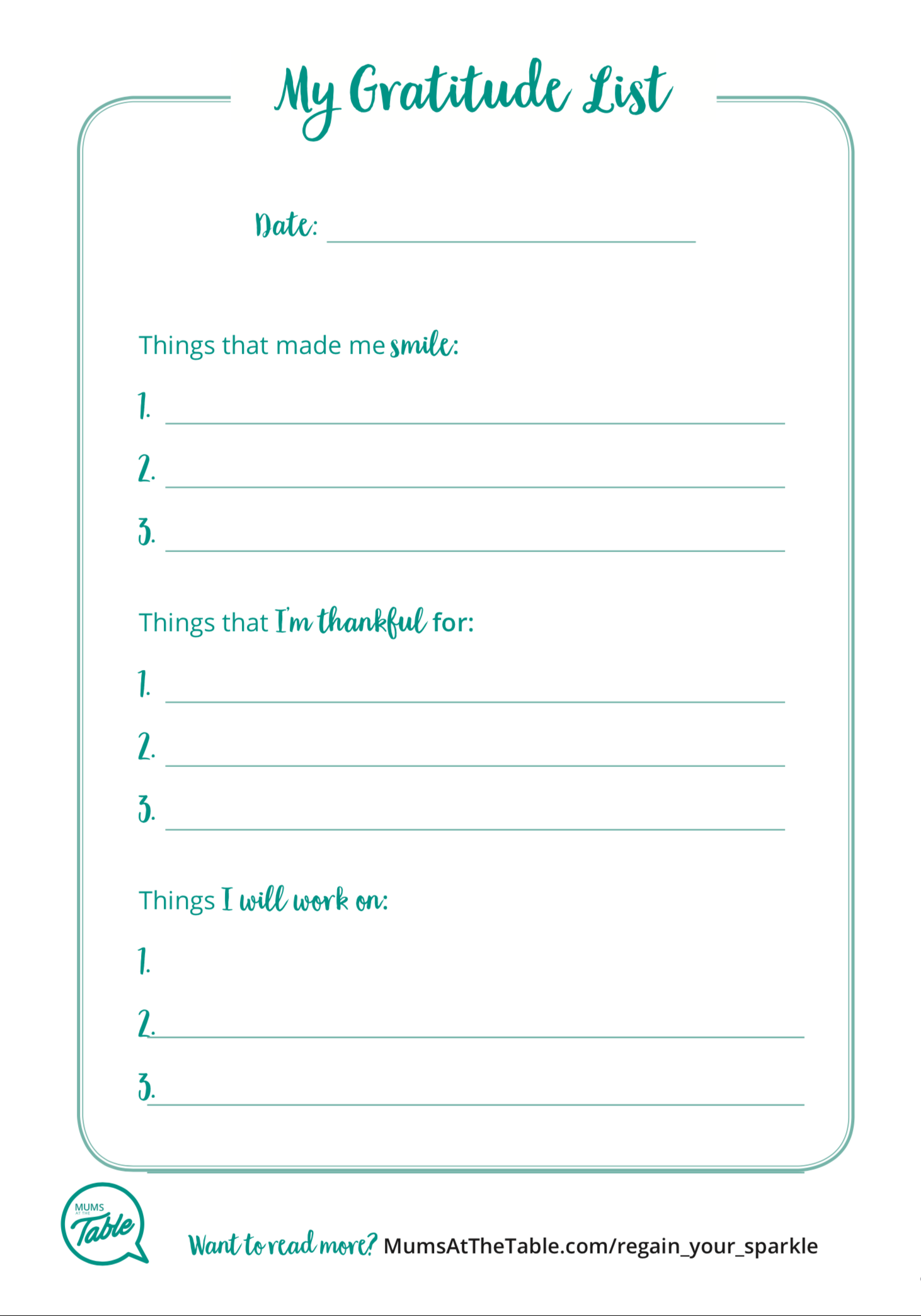Intentionally injecting gratitude into our children’s daily schedules can create routines that will stay with them for life. This can help reduce anxiety, boost happiness and ensure our children don’t grow up entitled.
Optimism is a shield which does come more naturally to some than others. Not all of our children are blessed with a strong innate ability to see a “glass half-full”. Some young people have a genetically lower happiness set point than others, and will therefore tend to see the negatives more easily. However, there are specific things we can do to help them along the way.
Intentionally injecting gratitude into our children’s daily schedules can create routines that will stay with them for life. And although they do have a choice as to whether they adopt their routines themselves, and allow them to hardwire their brain, modelling gratitude gives them every opportunity to do this.
Bed time, meal time, travel time and technology time are all good times to boost gratitude. With practise, these can become times that our children anticipate and even enjoy.
Here are some suggestions as a starting point:
1. Bedtime
Too often, our children go to bed debriefing about their daily problems instead of counting their blessings. Ideally, we should go to bed at night spending five to 15 minutes naming our blessings and thinking of the people, places, things and experiences that are beautiful in our lives. This enables our brains to be trained on a daily basis to see what is in our hands and at our disposal.
2. Meal time
Helen, a mother of four daughters aged between nine and 16, explains how her family uses meal time to practise gratitude.
“We have a family habit of going around each person at the dinner table and answering the question, ‘What went well today?’ It causes a sudden shift in everyone’s attitudes, from the whining of ‘This totally stank today’, to seeing that good did happen.
“My girls need to see that they can always find something to be grateful for. It also helps us celebrate wins with each other. We find the days where we don’t do this, our home seems to be a more self-focused, negative environment.”
3. Travel time
Before the music goes on in the car, say to your child, “Tell me some things that went well today”, “Tell me about a person you admire”, “Talk to me about three beautiful things in your life” or “Talk to me about something that you are looking forward to”.
4. Quiet time
Daily journaling is powerful, especially if you are answering questions such as, “If I woke up today with only the things I was grateful for yesterday, what would I wake up with?”
Dream boards are another beautiful way to express gratitude and hope for the future.
Gratitude walls, in the form of a blackboard in the kitchen or meal area, are another way for families to express gratitude.
These are places for children to collate images, ideas and quotes that are great visual reminders that their lives are valuable and blessed.
5. Technology time
There are so many gratitude apps for smartphones that are excellent for kickstarting gratitude. They operate on the premise that if you are able to reflect in detail on the things you are grateful for each day, it will help you savour positive events and appreciate good things. I wish every teacher would inject this into their daily classroom routine, as I feel it is great use of educational time.
FREE PRINTABLE!
Print a few copies and fill one out each day (or week) to help your child find things to be grateful for in their day.

Michelle’s book, Everyday Resilience: Helping Kids Handle Friendship Drama, Academic Pressure and the Self-doubt of Growing Up, is available in all good bookstores and at michellemitchell.org.
How helpful was this article?
Click on a star to rate it!
0 / 5. 0
Be the first to rate this post!
Michelle Mitchell
Related posts
Subscribe
Receive personalised articles from experts and wellness inspiration weekly!


